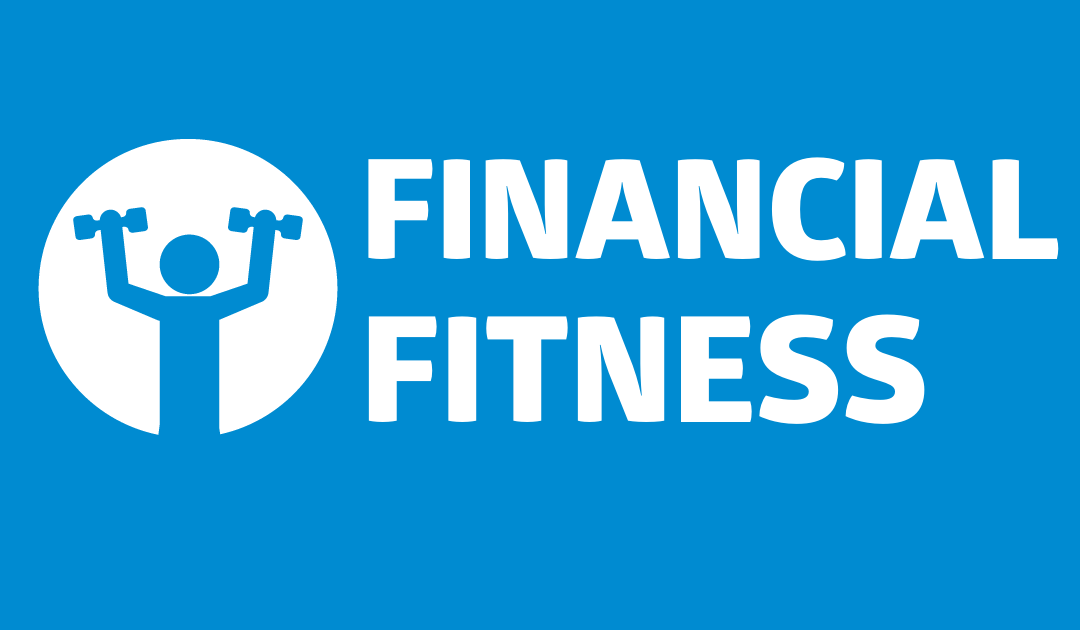By Charlestien Harris
At one time or another all of us think about the security of our children or grandchildren’s future. Education is a big part of the success of a child’s life. However, college is expensive and can add a heavy burden to the average family’s budget. It will also likely continue to rise in cost. That’s why planning for your child’s education right now is more important than ever.
If you’re like many students and families, you may have waited a little late to figure out where the funds are going to come from. One of the first things you want to do is to fill out the Free Application for Federal Student Aid, more commonly known as (FAFSA).
The FAFSA application is the first step to gain access to the financial aid arena. Submitting it allows you to possibly pre-qualify to receive financial aid including federal grants, work-study opportunities, student loans, and some state and school-based aid. If you know you will be attending college, you should complete the FAFSA as soon as possible because some colleges award money on a first-come, first-serve basis.
Results from a 2018 NerdWallet study found that high school graduates who don’t complete the FAFSA leave behind billions of dollars in unclaimed federal Pell Grant money each year. Don’t make that mistake. Submit the FAFSA and renew it each year you’re enrolled in school to see if you’re eligible to receive Pell Grant money.
Today there are multiple ways to accomplish this task. Some high schools offer free ACT/FAFSA Day workshops where the students and the parents can come and get assistance with completing the application. During tax season, some software will allow you to transfer your financial information automatically to the FAFSA application which can simplify the process for parents and students.
If you know what your field of study will be you should also begin to search for related scholarships. Scholarships are another source of revenue and can come from a variety of sources. The great thing about scholarships is you don’t have to pay them back. There are literally thousands available in a variety of fields of study, so I would suggest you use a scholarship search tool to narrow your selection.
If you start searching early, you may be able to get a head start on other potential applicants. You may also be able to learn about any special requirements and begin working on meeting those requirements.
Paying for college might also be a little easier if you choose a school that’s reasonably priced. Often times, students may have a desire to attend a very prestigious school because of family history or simply because it might look good on their resume’. However, if your funds are running low, you might want to choose a more affordable school.
Consider starting at a community college or technical/trade school located near your home. The cost of this choice can be considerably less than a four-year institution. You can save even more if you live at home and commute, as this will eliminate the expenses of housing and purchasing a meal plan.
If you decide you would rather attend a traditional four-year university, look for one that is generous with financial aid or located in your state of residence. Out-of-state fees can add up very quickly and deplete your budget in a hurry! You should also consider what your out-of-pocket expenses will be after scholarships and other financial aid has been applied.
Next week, I will be discussing some additional ways to pay for college. If you would like additional information on this topic or other financial topics please contact me at Charlestien.harris@southernpartners.org or call me at 662-624-5776. Until next week, stay financially fit!

